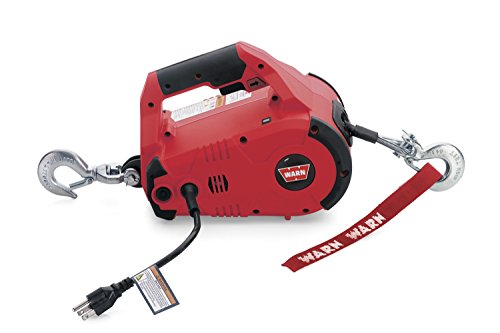- Joined
- Dec 3, 2009
- Messages
- 9,284
- Reaction score
- 330
- Location
- Duncanville, Texas
- My Bike Models
- 1981 GL1100 Innerstate("The Turd")SOLD!!, 1996 GL1500 Innerstate
Ferd recommends filing the system with a vacuum filler set-up. Below is the procedure to fill/purge WITHOUT a vacuum filler.
Ferd Motor Company Service Manual":17h3cwvt said:Filling and Bleeding without a Vacuum Cooling System Filler
NOTICE: Engine coolant provides boil protection, corrosion protection, freeze protection, and cooling efficiency to the engine and cooling components. In order to obtain these protections, maintain the engine coolant at the correct concentration and fluid level in the degas bottle.
To maintain the integrity of the coolant and the cooling system:
•Add Motorcraft(R) Premium Gold Engine Coolant or equivalent meeting Ford specification WSS-M97B51-A1 (yellow color). Use the same type of coolant that was originally used to fill the cooling system. Do not mix coolant types.
•Do not add or mix with any other type of engine coolant. Mixing coolants may degrade the coolant's corrosion protection.
•Do not add alcohol, methanol, or brine, or any engine coolants mixed with alcohol or methanol antifreeze. These can cause engine damage from overheating or freezing.
•Ford Motor Company does NOT recommend the use of recycled engine coolant in vehicles originally equipped with Motorcraft(R) Premium Gold Engine Coolant since a Ford-approved recycling process is not yet available.
1.Add the correct engine coolant mixture to the degas bottle.
•Recommended coolant concentration is 50/50 engine coolant to distilled water.
•For extremely cold climates (less than -37°C [-34°F]):
•It may be necessary to increase the coolant concentration above 50%.
•NEVER increase the coolant concentration above 60%.
•Maximum coolant concentration is 60/40 for cold weather areas.
•A coolant concentration of 60% provides freeze point protection down to -50°C (-58°F).
•Engine coolant concentration above 60% decreases the overheat protection characteristics of the engine coolant and may damage the engine.
•For extremely hot climates:
•It is still necessary to maintain the coolant concentration above 40%.
•NEVER decrease the coolant concentration below 40%.
•Minimum coolant concentration is 40/60 for warm weather areas.
•A coolant concentration of 40% provides freeze point protection down to -26°C (-15°F).
•Engine coolant concentration below 40% decreases the corrosion and freeze protection characteristics of the engine coolant and may damage the engine.
•Vehicles driven year-round in non-extreme climates should use a 50/50 mixture of engine coolant and distilled water for optimum cooling system and engine protection.
2.Move the temperature blend selector to the full warm position.
3.Run the engine until it reaches operating temperature.
4.Add the correct engine coolant mixture to the degas bottle until the coolant level is between the COOLANT FILL LEVEL marks.
5.Turn off the engine and allow the cooling system to cool.
6.Repeat Steps 1 through 5 until the degas bottle level is OK.
7.Select the maximum heater temperature and medium low blower motor speed settings. Position the control to discharge air at the panel vents in the instrument panel.
8.NOTICE: If air discharge remains cool and engine coolant temperature gauge does not move, engine coolant level is low in engine and must be filled. Stop engine, allow to cool and fill cooling system. Failure to follow these instructions may result in cooling system or engine damage. Start engine and allow to idle until normal operating temperature is reached. Hot air should discharge from the panel vents. The engine coolant temperature gauge should maintain a stabilized reading in the middle of the NORMAL range and the upper radiator hose should feel hot to the touch.
9.Shut the engine off and allow to cool.
10.Check the engine for coolant leaks.
11.Check the engine coolant level in degas bottle and fill as necessary.


















































